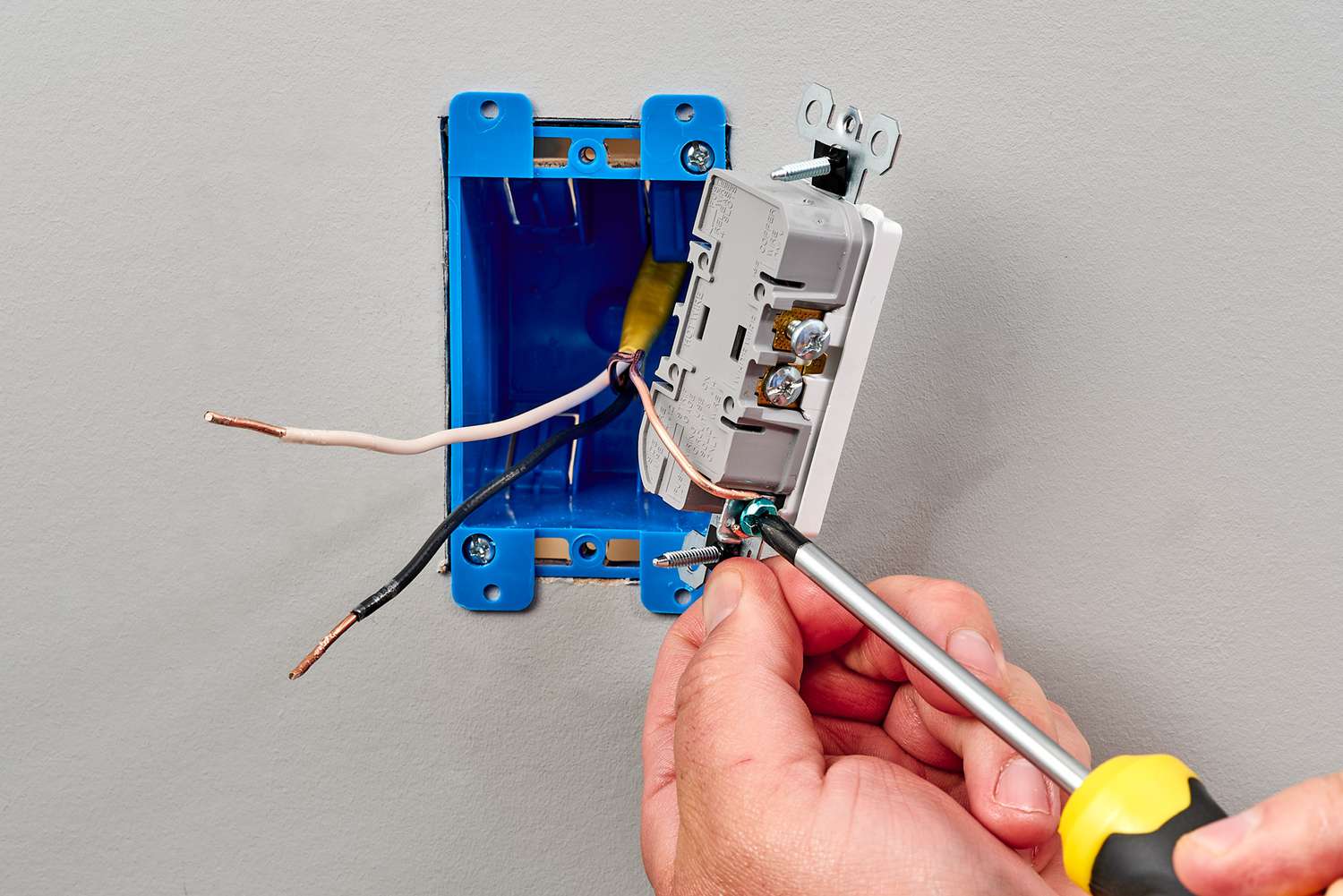You consume electricity every day in your rooms or apartments. But how is it distributed, and how do you get it? Electric current goes through a circuit to function effectively. Essentially, electricity is fed in through one or two 120-volt cables and out through a grounded neutral. Any irregularity at these points can interrupt the flow of electricity and cause a fault in your circuit.
Knowing how electricity enters your home, how it is distributed, and how it is connected will help you isolate any problems that arise. According to Electrical Service Tips on Tacoma WA | Alpha Electrical Tacoma, here’s how the process of running a new electric service installation;
-
Access To The Grid
The horizontal overhead line of the electric utility supplies the transformers that lower the voltage to power your home. Then it goes on to the connection head, connected to a pipeline that leads to your meter box. Anchors and hooks secure this system to withstand the weight of the pipes and cables. The electricity leaves the transformer with an underground connection and is routed through underground pipes to your home’s meter box.
The meter is then powered by two 120-volt lines and a grounded neutral. Your electric utility is responsible for supplying power to the meter on your property, and you’re responsible for the rest. Your power is always on unless you turn it off.
click here – Why The Mishnah Is the Best Jewish Book You’ve Never Read
-
Your Electricity Meter
Your home’s electric meter is often located on the side of your property and connected to the service pipe. Sometimes it is connected to the utility pole that supplies you with electricity from above or below. The meter is a device that measures wattage and is provided by your utility provider to measure your monthly electricity usage. There are meters with numeric panels that resemble earlier versions of clocks and modern, innovative digital meters that are read directly from the utility’s central office.
-
Weatherproof Separator
Your utility company will provide you with a weatherproof disconnect switch in some instances after your meter is connected. It is a safety switch or other disconnect device defined in the latest NEC 2020 (National Electric Code). It allows homeowners to shut off power from the utility without using the control panel and can be helpful whenever there’s a fire outbreak in your home. Firefighters can shut off the power without getting into the home. This way, they can put out the fire without fear of electrocution.
click here – What Happens If My Personal Injury Claim Goes To Court?
-
The Electrical Panel
The switchboard, fuse box, breaker box, or Control Panels distribute electricity in your home. It also disconnects the power from the input source. The current comes into the primary breaker box and is usually 100 to 200 amps. Separate circuits or branch circuits are distributed throughout your home by independent breakers. These range in amperage from 15 to 100 amps. For example, lighting circuits are 15 amps, outlet circuits are 20 amps, and water heaters and dryers are 30 amps, to name a few.
-
Water-Earth Connection And Grounding System
You have to connect with a ground rod outside the house or, in some places, with two ground rods one meter apart. In some places, ground rods have been abandoned in favor of foundation grounding rods connected to the soil reinforcement. Since most piping is plastic and PVC, grounding near water meters in the home is becoming less common. You can ensure your grounding connections are safe by installing bridges on both sides of the meter.
-
Authorized Electrical Boxes
Branch circuits are usually connected to electrical boxes installed in the walls of rooms in your home. It would help if you spliced these wires into the boxes to meet the requirements of the National Electric Code. All connections have to be in place. For example, if you splice these wires together, run them in wall cavities without boxes, and cover them with drywall, it will be challenging to repair them if something goes wrong. It makes it easy to access them for any repairs.
-
Electric Switches
Switches come in various designs and styles, such as three-way, toggle, four-way, motion detector, and dimmer switches. Their primary function is to turn the circuit on and off at various points in the house. The switches have a range of rated currents depending on the load specification.
-
Receptacles
Independent plug-in ports acting as distribution networks deliver via receptacles or outlets. Essential household devices utilize 125-volt outlets with 15- to 20-amp outlets are popular in the residential electricity market. The 250-volt 30-amp receptacle is necessary for products like 250-volt window air conditioners.
Undoubtedly, knowing the fundamentals of your electrical system is valuable to you. Understanding how it all works from beginning to end aids in the detection of any electrical issues that may emerge.

